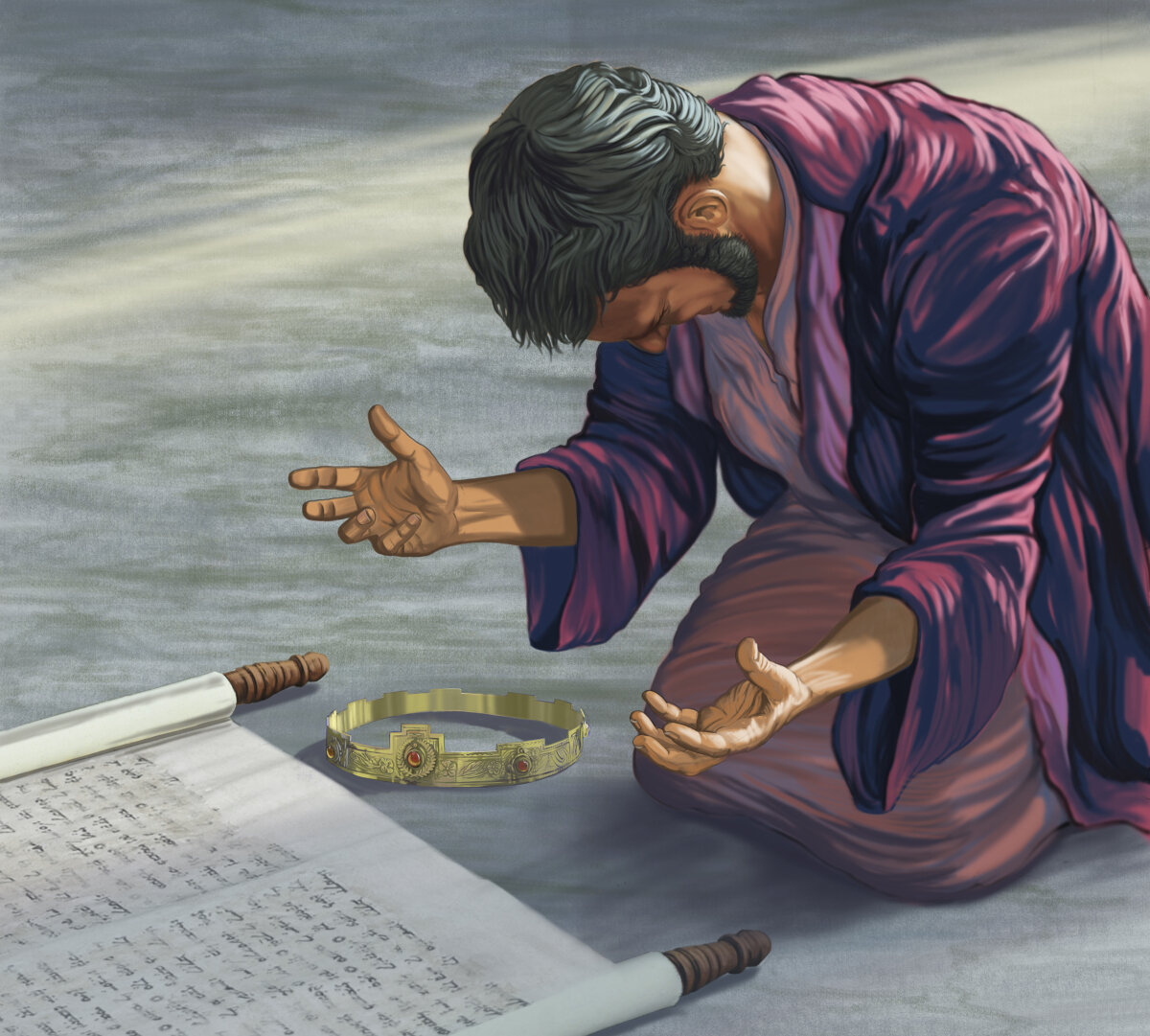

Sa’ar Ganor, the director of the excavation, explained in a statement that “it is most interesting that the horns on the altar were intentionally truncated. In fact, some of these gates, such as this one, would have included an altar.Īccording to the article published by Christian News, archaeologists found the altar’s horns had been “intentionally cut by someone,” thus providing some archaeological evidence backing up the events told in 2 Kings 18 related to Hezekiah’s religious reforms: “He removed the high places, smashed the sacred stones and cut down the Asherah poles” (2 Kings 18, 4). These gates, dated as belonging to the First Temple Period (from 1000 to 600 BC), were particularly important, as some official acts took place there. Researchers had already uncovered, although partially, some of the remains of one of the ancient gates at Lachish several decades ago.

Tel Lachish National Park marks the site of the ancient city of Lachish, a prosperous and fortified city mentioned at least two dozen times in the Bible, destroyed by the Assyrians around 700 BC. In January 2017, archaeologists working on an excavation at Tel Lachish National Park, 25 miles southwest of Jerusalem, found the remains of an ancient altar believed to be nearly 3,000 years old. This is not the first time archaeological findings seem to confirm biblical narratives concerning King Hezekiah. 2 Chronicles 32:30 explains how he blocked “the source of the waters of the upper Gihon” and led them “straight down on the west to the City of David,” to prevent the enemy forces under Sennacherib from having access to water.

Now, archaeologists have found a little piece of evidence (a small limestone fragment) that connects King Hezekiah to this tunnel.īiblical narratives explain how King Hezekiah prepared Jerusalem for an impending siege by the Assyrians. “The rest of the deeds of Hezeki’ah, and all his might, and how he made the pool and the conduit and brought water into the city, are they not written in the Book of the Chronicles of the Kings of Judah?” It has been commonly believed that this tunnel corresponds to a “conduit” that is mentioned in 2 Kings 20:20: Its popular name, “Hezekiah’s Tunnel,” is due to the most common hypothesis that it dates from the reign of King Hezekiah of Judah, between the late 8th and early 7th century BC.

Carved in ancient times, the tunnel is now located in the Arab neighborhood of Silwan, in eastern Jerusalem. A small fragment of a stone inscription was recently found in the Siloam Tunnel.


 0 kommentar(er)
0 kommentar(er)
